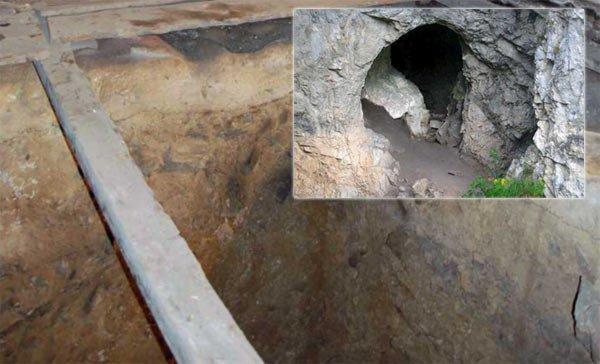Ancient Humans Bred with Completely Unknown Species
Ancient Humans Bred with Completely Unknown Species
A new study presented to the Royal Society meeting on ancient DNA in London last week has revealed a dramatic finding – the genome of one of our ancient ancestors, the Denisovans, contains a segment of DNA that seems to have come from another species that is currently unknown to science. The discovery suggests that there was rampant interbreeding between ancient human species in Europe and Asia more than 30,000 years ago. But, far more significant was the finding that they also mated with a mystery species from Asia – one that is neither human nor Neanderthal.
Scientists launched into a flurry of discussion and debate upon hearing the study results and immediately began speculating about what this unknown species could be. Some have suggested that a group may have branched off to Asia from the Homo heidelbernensis, who resided in Africa about half a million years ago. They are believed to be the ancestors of Europe’s Neanderthals.
However others, such as Chris Stringer, a paleoanthropologist at the London Natural History Museum, admitted that they “don’t have the faintest idea” what the mystery species could be.
Traces of the unknown new genome were detected in two teeth and a finger bone of a Denisovan, which was discovered in a Siberian cave. There is not much data available about the appearance of Denisovans due to lack of their fossils’ availability, but the geneticists and researchers succeeded in arranging their entire genome very precisely.
“What it begins to suggest is that we’re looking at a ‘Lord of the Rings’-type world - that there were many hominid populations,” Mark Thomas, an evolutionary geneticist at University College London.
The question is now: who were these mystery people that the Denisovans were breeding with?
By April Holloway
Be the first to post a message!
